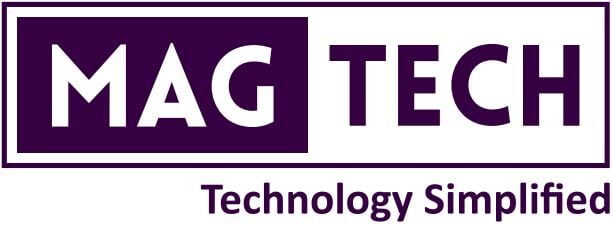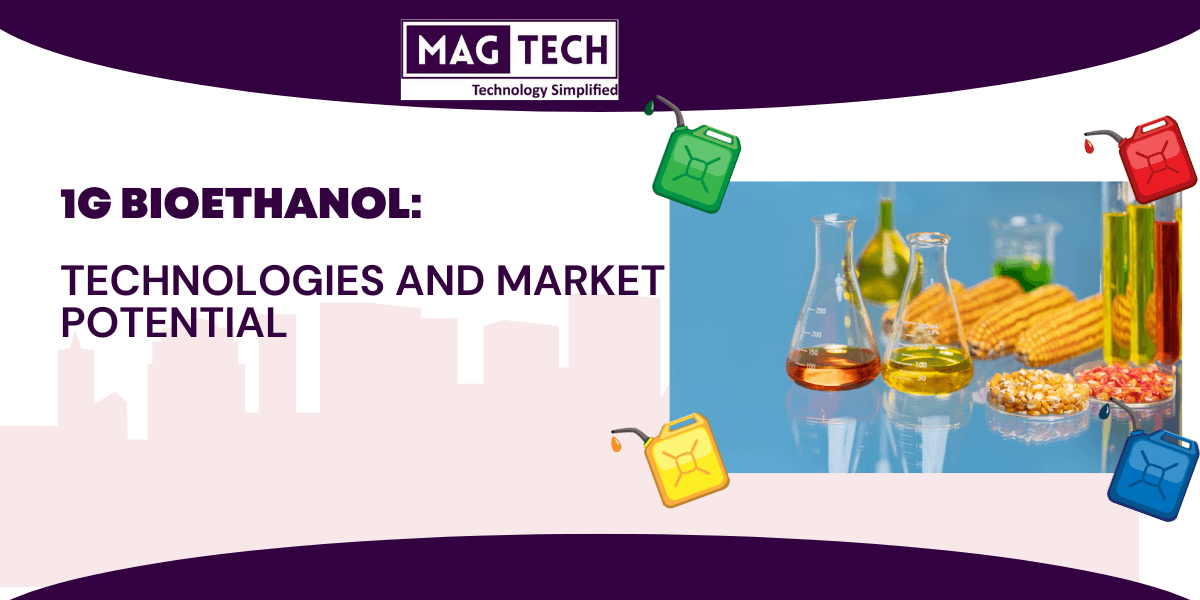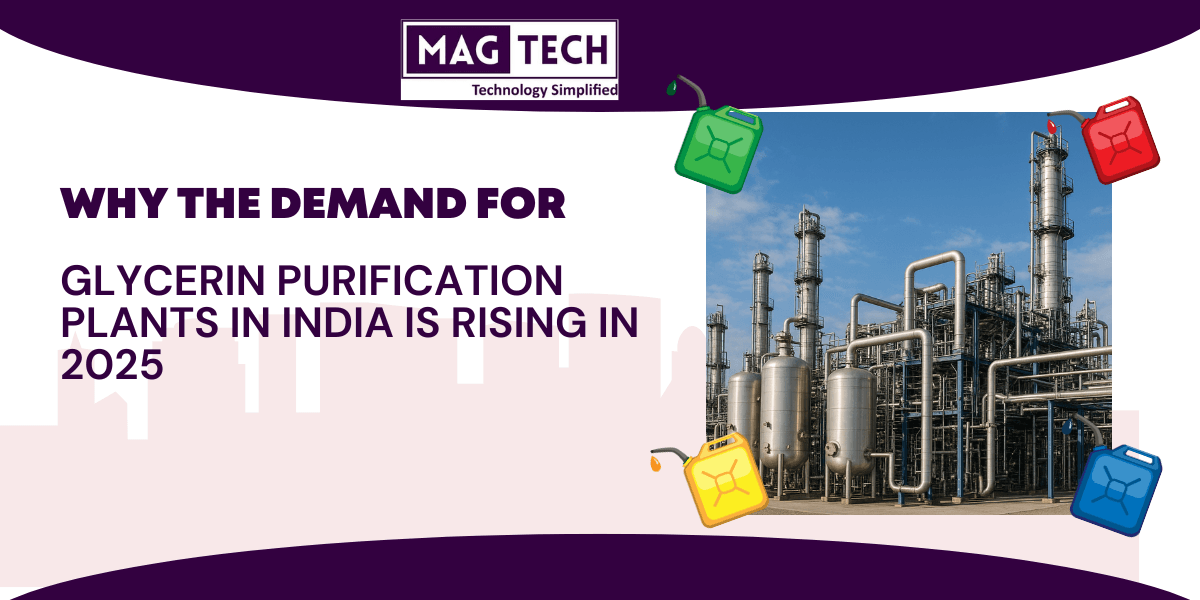Bioethanol is a clean fuel that helps reduce air pollution and cuts down the use of petrol. India is pushing for more bioethanol-blended fuel to lower its oil imports. This creates a big opportunity for new bioethanol plants.
Setting up a plant needs land, machines, approvals, and support. In this guide, we explain how to start a bioethanol plant step by step. With the right planning, you can build a smart, green business.
Before we start, let’s take a quick peek at the bioethanol market in India.
Table of Contents
ToggleUnderstanding Bioethanol and Its Market in India
Bioethanol is a clean, renewable fuel made by fermenting sugar or starch from crops like maize, broken rice, or molasses. Vivid research is going on to design chemical retrieval processes to collect bioethanol from 2G biomass (lignocellulosic) such as rice straw, rice husk, stubble, etc. This biofuel burns cleaner than petrol and cuts harmful emissions.
The Indian government aims to reach 20% bioethanol blending in petrol (E20) by 2025, creating strong demand for local production. Policies, price support, and soft loans make it easier to set up plants.
Public oil companies buy bioethanol directly from producers, ensuring a steady market. With uses beyond fuel, like in chemicals and pharma, bioethanol is a smart investment in India’s growing green economy.
How to Chalk a Bioethanol Plant Setup Step by Step?
With the government’s push and oil marketing companies’ rising demands, bioethanol turns out to be a great investment venue.
Here is how you can plan to set up a bioethanol manufacturing plant of capacity 100 KLPD step by step as an example.
Setting up a successful bioethanol plant begins with selecting the right feedstock and securing proper land and infrastructure. Here’s a detailed breakdown:
Choosing the Right Feedstock
Feedstock is the Raw Material: It is the base ingredient used to produce bioethanol through fermentation.
Common Feedstocks in India: These include broken rice, maize (corn), and sugarcane molasses.
Feedstock Selection Criteria:
- Local Availability: Choose a feedstock that is easy to source consistently.
- Cost Efficiency: Go for options that are affordable over the long term.
- Ease of Processing: Some feedstocks need less processing, which saves time and energy.
Grain-Based Feedstock: Maize and broken rice are good choices if available in bulk.
Molasses as Feedstock: A sugar industry by-product, molasses is cost-effective and widely used.
Geographical Advantage: Some states have better access to certain feedstocks, reducing transport costs.
Risk Diversification: Plants that can process multiple feedstocks are better prepared for price or supply changes.
Government Incentives: Subsidies are sometimes linked to the type of feedstock—damaged grains or surplus stock may attract extra benefits.
Pre-Setup Survey: Always study local feedstock availability before finalizing your plant.
Steady Supply Is Key: A reliable and affordable source ensures plant efficiency and profitability.
Land and Infrastructure Requirements
Land Size: A 100 KLPD plant typically needs 15 to 20 acres.
Site Conditions:
- Flat terrain with no legal complications.
- Easy access to roads, electricity, and water.
Proximity to Feedstock: Being near farms or sugar mills reduces transport costs.
Plant Layout Zones:
- Process Area: Saccharification tank, hydrolysis reactors, Fermenters, distillation units, dehydration units, and evaporators.
- Utility Block: Boiler, turbine, cooling tower, water treatment.
- Storage Area: Tanks for chemicals, enzymes, seeds, bioethanol, and DDGS.
- Admin and Safety Zones: Office, lab, fire safety systems.
Supporting Infrastructure:
- Security systems, cleaning systems, and emergency response systems
- Internal roads, drainage systems, and fire safety arrangements.
- At least 33% green cover to meet environmental norms.
- RCC and steel structures for buildings and equipment platforms.
Why It Matters: Good planning ensures smooth operations, faster approvals, and cost savings in the long run.
A bioethanol plant has several important sections. Each one plays a key role in turning raw material into fuel.
Core Plant & Machinery Breakdown
Here’s a simple breakdown of the main plant and machinery needed to set up a 100 KLPD (kiloliters per day) bioethanol plant:
Grain Handling & Milling
- Storage Silos: Large steel silos store grain like maize or rice. These are fitted with ventilation to keep the grain dry and fresh.
- Cleaning System: Machines remove dust, stones, and metal pieces from the grain.
- Hammer Mill: This machine crushes the grain into fine flour, ready for further processing.
Slurry Preparation & Cooking
- Slurry Tank: Milled grain is mixed with water and enzymes to form a thick mash.
- Jet Cooker: This heats the mash quickly using steam to break down starch.
- Liquefaction Tanks: The mash stays in these tanks while enzymes continue to break it into smaller sugars.
Fermentation System
- Yeast Propagator or Seed Tank: A small tank where yeast is first grown and activated.
- Main Fermenters: Large tanks where sugar is converted to alcohol by yeast. The process takes about 30–40 hours.
- CO₂ Collection: Carbon dioxide from the tanks is scrubbed clean. If needed, it can be captured and sold.
Distillation Unit
- Beer Stripper Column: Separates alcohol from the fermented mash.
- Rectifier Columns: Purify the alcohol to 95% strength.
- Heads Concentration Column: Removes unwanted impurities from the alcohol.
Dehydration Unit
- Molecular Sieve System: Removes water from the alcohol to make it over 99.5% pure, which is needed for fuel use.
- Condensers and Tanks: Cool and collect the final bioethanol product.
- Denaturant Dosing: A small system adds a chemical (like petrol) to make bioethanol unfit for drinking, as per legal rules.
By-Product Processing
- Decanter Centrifuge: Separates solid grain remains from the liquid.
- Evaporator: Concentrates the leftover liquid into a thick syrup.
- Dryer: Dries the solid and syrup mix into DDGS—a protein-rich animal feed.
Each of these machines works together in a continuous process. The plant also needs support systems like pumps, pipelines, and control panels to run smoothly. Together, they help produce clean fuel and valuable by-products with minimal waste.
Utilities and Energy Systems
The bioethanol manufacturing plant will need strong utility systems to keep everything running smoothly. These systems provide steam, power, cooling, and clean water for the plant’s daily operations.
Steam Boiler
- A large boiler burns coal or biomass to produce steam.
- This steam is used for cooking mash, running the distillation columns, and drying by-products.
- The boiler is designed to meet pollution control rules and includes ash and flue gas handling systems.
Steam Turbine Generator
- A back-pressure steam turbine uses high-pressure steam from the boiler to generate electricity.
- The leftover steam (low-pressure) is reused in the plant, saving energy.
- This setup helps reduce dependence on external power and lowers operating costs.
Cooling Systems
- Cooling towers remove heat from different parts of the process, such as fermentation and distillation.
- Chilled water is circulated through heat exchangers to keep temperatures in check.
Air and Water Systems
- Air compressors supply instrument air to valves and automation systems.
- A water treatment unit purifies water for use in cooking, fermentation, and cleaning.
Once these machines and equipment are in place, a zero liquid discharge unit is needed for waste disposal.
Zero Liquid Discharge (ZLD) and Effluent Management
A bioethanol plant must follow Zero Liquid Discharge (ZLD) norms to protect the environment. ZLD means no untreated water is released outside the plant. Here’s how it works:
- Condensate Treatment: Uses filters and a Reverse Osmosis (RO) system to clean water.
- Water Reuse: Clean water from RO is reused in cooking, cooling, and cleaning.
- RO Reject Handling: The remaining water, full of waste, is treated further.
- Anaerobic and Aerobic Treatment: Breaks down organic matter and produces biogas for reuse.
- Evaporation System (MEE): Removes water from leftover liquids.
- Condensate Polishing: Recycles this water for plant use.
- Solid Waste Use: Solid by-products are dried and used as animal feed.
ZLD helps meet pollution control norms and makes the plant clean, efficient, and sustainable.
Compliance, Licensing & Approvals
To set up a bioethanol plant in India, you need to secure multiple licenses and approvals. Here’s a simple list with explanations:
- Land-Use Clearance: Required to confirm the land is legally permitted for industrial use.
- Environmental Clearance: Taken from the State Pollution Control Board to ensure the plant meets pollution norms.
- Consent to Establish (CTE): Approval needed before starting construction of the plant.
- Consent to Operate (CTO): Required after construction, before starting production activities.
- Fire Safety Clearance: Ensures the plant has proper fire prevention and control systems.
- Boiler License: Necessary for operating high-pressure steam boilers at the plant.
- PESO Approval: Needed for safe storage and handling of bioethanol and other hazardous materials.
- Excise License: Mandatory for producing, storing, and transporting bioethanol as a regulated fuel.
- Factory License: Taken under the Factories Act to ensure worker safety and legal compliance.
- Local Body NOC: No-objection certificate from municipal or panchayat authorities to operate within the area.
Having these clearances in place helps avoid legal issues and ensures smooth plant operations.
Implementation Timeline and Project Execution (100–120 words)
A bioethanol plant takes around 12 to 15 months to complete, but this is only possible with meticulous planning. Here’s how the timeline typically unfolds:
- Land Selection and Approvals (1–2 months): Choose the site and obtain key licenses like land-use clearance, CTE, and environmental approvals.
- Project Planning and Design (1–2 months): Prepare detailed engineering plans, layout, and machinery specifications.
- Civil Construction (3–4 months): Start earthwork, build foundations, structures, and internal roads.
- Machinery Manufacturing and Delivery (3–5 months): Fabricate and deliver core plant equipment and utility systems.
- Installation and Commissioning (2–3 months): Install machinery, connect pipelines, and set up electrical and control systems.
- Trial Runs and Testing (1 month): Test each unit, ensure safety systems work, and fine-tune operations.
- Staff Training and Final Approvals (1 month): Train operators and secure final permissions like CTO and Excise license.
Without a carefully planned schedule and close coordination among teams, delays are likely. A well-executed plan is the key to meeting deadlines and launching the plant on time.
All you need is an experienced bioethanol plant manufacturer with years of experience for the proper execution of this plan.
Why MAGTECH Is the Right Partner for Your Bioethanol Venture
MAGTECH offers complete turnkey solutions that make setting up a bioethanol plant simple and efficient.
From process intensification and custom enzyme use to energy-saving plant design, every system is built for performance and reliability. The bioethanol produced meets BIS standards, ensuring quality and compliance.
Moreover, MAGTECH also supports you with feedstock sourcing, product marketing, and all regulatory paperwork. We help you build a future-ready, green business.


